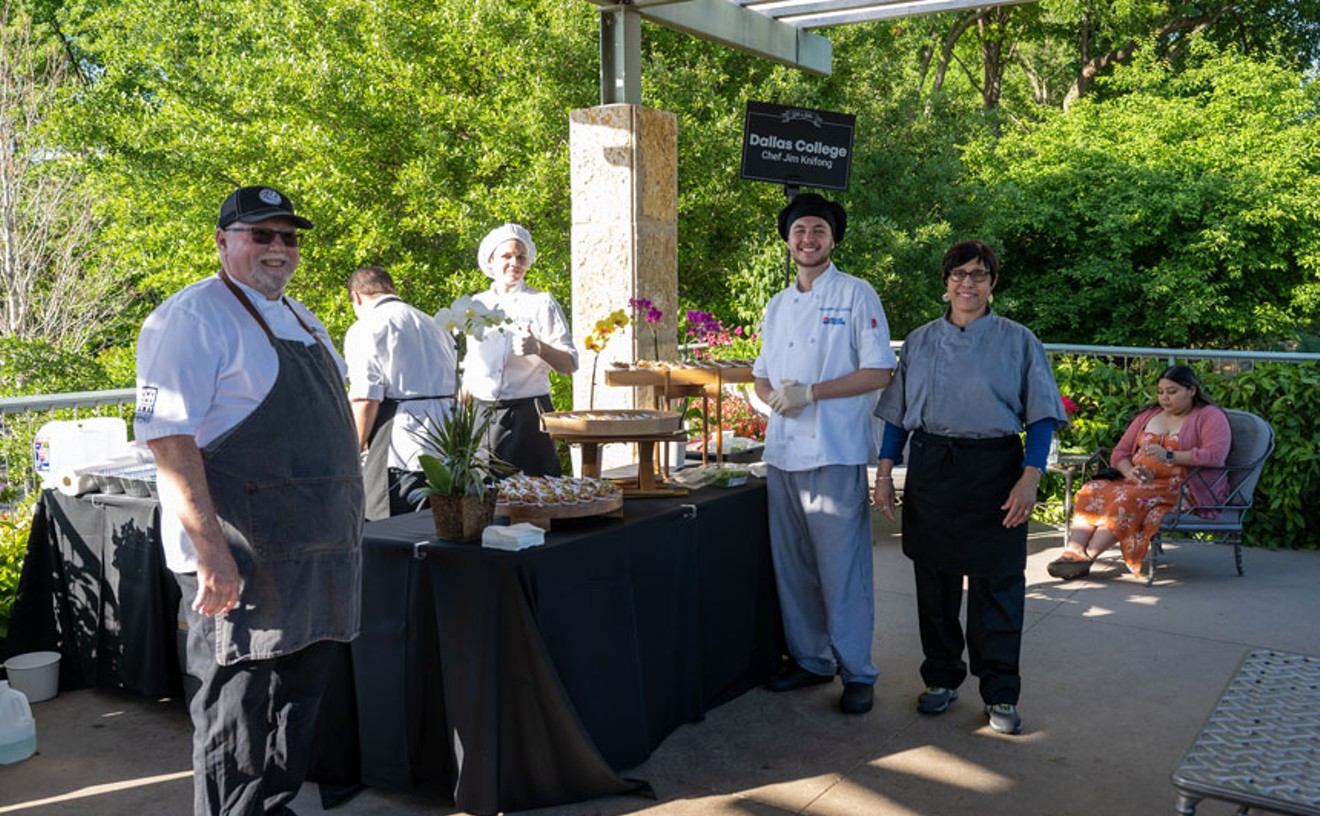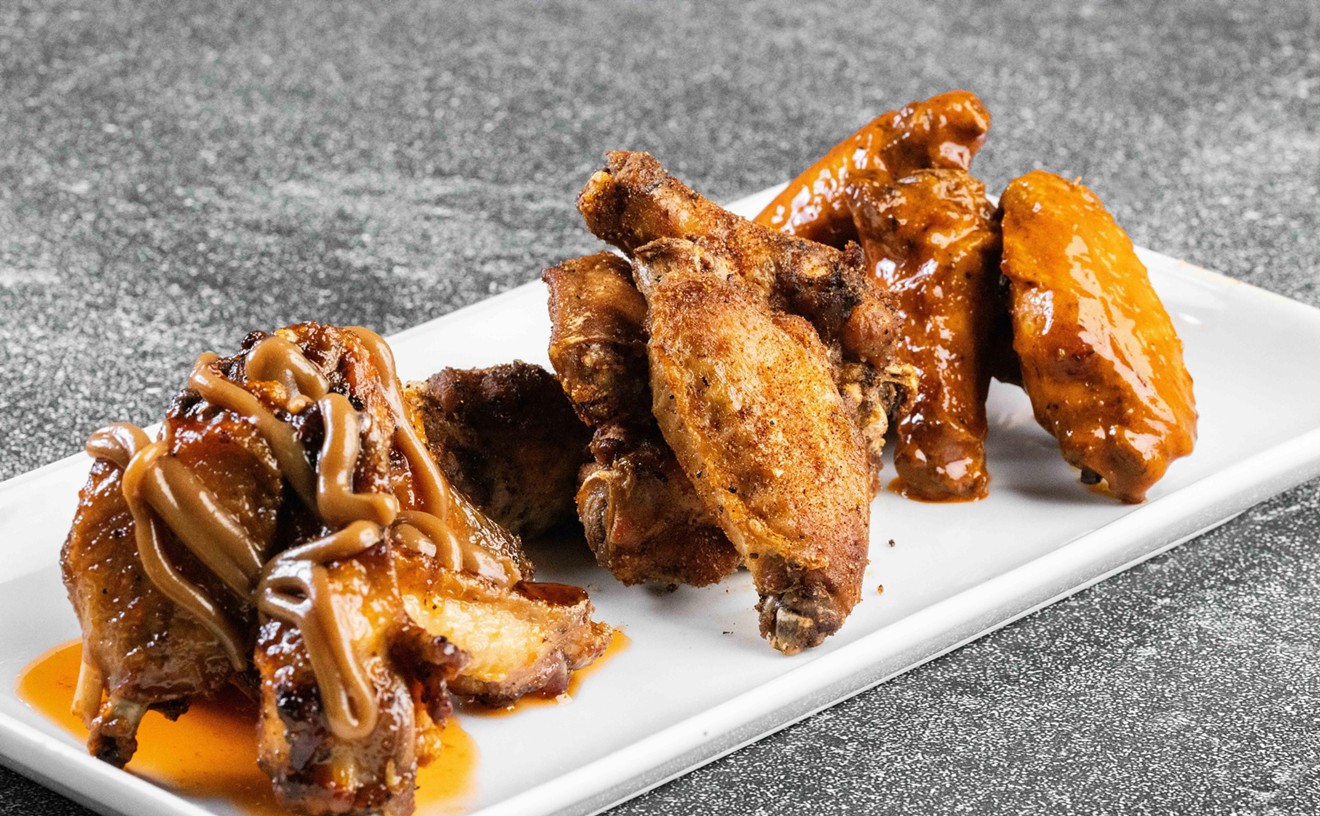Red tide, the naturally occurring algae bloom that causes toxicity in shellfish, continues to plague the state's coastline -- keeping Texas oysters out of local restaurants and threatening the $18.5 million Texas oyster industry.
The state closed the entire coast of Texas to oyster fishing due to the red tide levels in late October. Christine Mann, of the Texas Department of State Health Services, tells City of Ate that the area remains closed.
The current bloom trumps the longest in more than a decade. In 1996, a red tide bloom lasted 49 days, but it was more than a 100 days before oysters could be safely harvested under DSHS regulations. The current bloom has lasted 55 days and is still going strong.
"Middle coastal areas continue to have visible bloom," Mann says, listing Metagorda, Lavaca, Aransas Bays and others.
Red tide thrives in warm, salty water. The current drought has caused a spike in salinity, allowing the bloom to proliferate.
There are exceptions. Galveston Bay is seeing a noticeable decline in algae spores, although levels remain significantly above the threshold required to to lift the ban. And even when they drop low enough to be considered safe, the oyster beds must be individually tested and approved by the state before they can be harvested -- a process that can take weeks.
Lance Robinson, the Regional Director for Coastal Fisheries at the Texas Department of Parks and Wildlife, has been working directly with Texas oystermen. The agency is responsible for managing the leases that govern the fishing of private beds. Fifteen-year leases are sold for a song to fisherman, who then determine their real value on the open market. The last lease sold garnered $150,000 for 60 acres.
"It's been a tough year for the oyster industry specifically," Robinson says of the effect the red tide closures are having on local fisherman. The current bloom is unprecedented not only because of its duration, but also because of the amount of coastline impacted, he says. "It's affected every bay along the coast."
Leases can be expensive, but there's also upkeep associated with the beds. Oystermen spend tens of thousand of dollars maintaining substrates that support the oysters as they breed. Cultch, a term used to describe many hard materials -- oyster shell, limestone, clean concrete -- is dumped in the bays after harvests to provide new oysters a place to grow. For now, no oysters are being harvested to offset these costs.
None of which means you won't find oysters at your favorite seafood joint. Oystermen are buying Louisiana oysters, shucking them and reselling them, both to replace lost revenue and to maintain relationships with existing customers. But Louisianan resources are taxed as well. Fresh water pumped into Mississippi River two years ago successfully kept oil from the BP spill from infiltrating the marsh. But a sharp decline in salinity resulting from the fresh water influx killed many oyster beds. It could be two to three years until those beds recover.
There could be one small upside to Texas' oyster problems. As regulators continue to delay the harvest season, populations continue to grow. Oysters are taking a break, getting fat on red algae, enjoying high times. When the bloom disappears they'll purge themselves of the toxins and Texas oyster fans can get back to shucking -- hopefully from a strong and re-invigorated oyster fishery.










